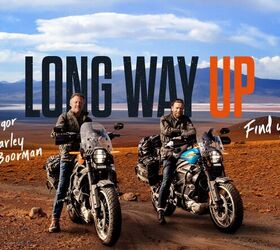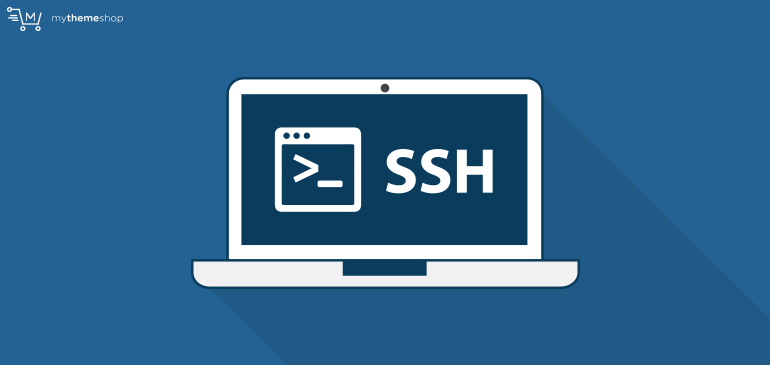Apple Showcases Third-Party Applications Leveraging Liquid Glass in iOS 26 and Future Versions
# Apple Unveils iOS 26 with Liquid Glass Aesthetic
In September, Apple debuted iOS 26, presenting its groundbreaking Liquid Glass aesthetic. This fresh design philosophy has motivated third-party developers to upgrade their applications, aligning with Apple’s newest design principles.
## New Visual Showcase for Developers
To assist with this transition, Apple has launched a new section on the [Apple Developer website](https://developer.apple.com/design/new-design-gallery/). This visual showcase acts as a guide for developers, demonstrating how various-sized teams are utilizing the Liquid Glass design to craft engaging and adaptive experiences across Apple’s platforms.
The showcase includes side-by-side displays of popular applications before and after their redesign for iOS 26. This initiative not only underscores the aesthetic enhancements but also highlights the functional improvements that accompany the new design language.
## Highlighted Applications
Among the applications featured in the showcase are:
– Crumbl
– Tide Guide
– GrowPal
– Lumy
– Sky Guide
– Linearity
– LTK
– CardPointers
– American Airlines
– Lowe’s
– Photoroom
– OmniFocus 4
– CNN
– Essayist
– Lucid Motors
### Case Studies
**Linearity**: This vector-graphics design tool has been harmonized across iPhone, iPad, and Mac, enriching the iPad experience with a new two-column Inspector that enables users to browse and modify designs side-by-side. The app adjusts fluidly to window sizes, making intricate designs more approachable. On iPhone, enhancements in touch targets and gestures enable smoother interactions, even with one hand.
**Crumbl**: The Crumbl app employs the Liquid Glass design to highlight its brand photography. The recognizable pink branding has been woven into the content layer, allowing the visuals to dominate while preserving user-friendly controls.
## Discover the Showcase
Even for those who aren’t developers, the
Read More






